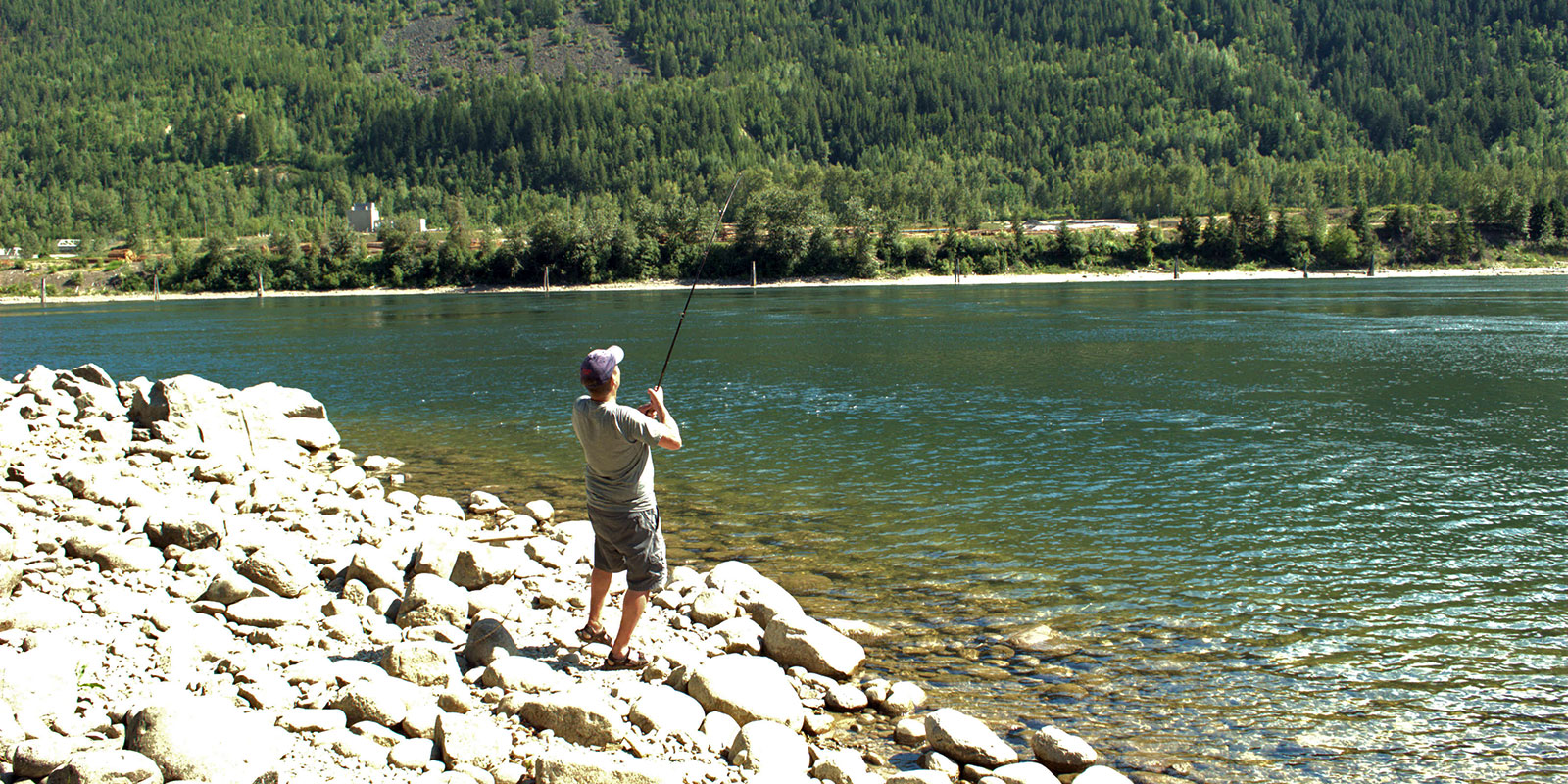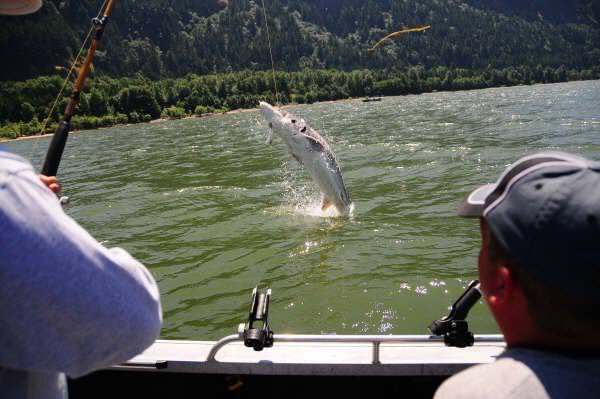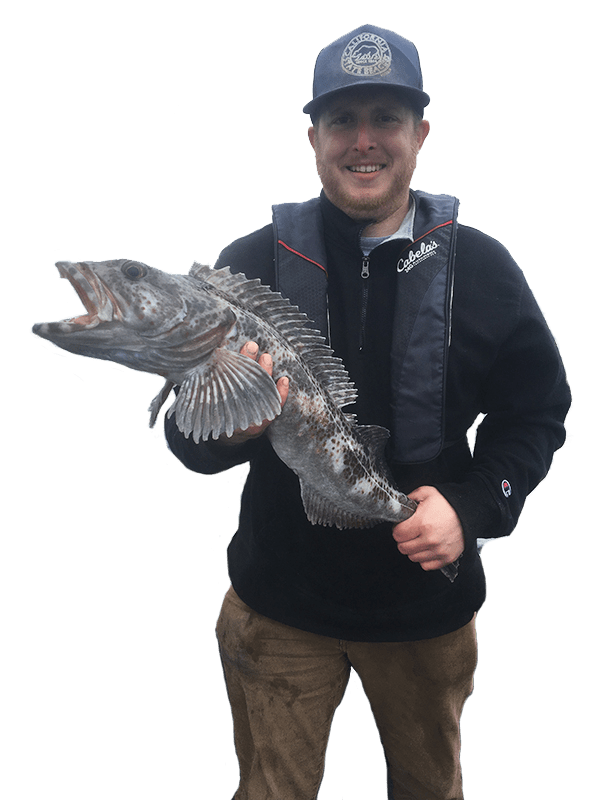How to Prepare for Your First Inshore Fishing Trip in Columbia River
If you’re an angling enthusiast looking for an exciting inshore fishing experience, the Columbia River in the Pacific Northwest of the United States is a fantastic destination. With its diverse fish population and stunning scenery, the Columbia River offers a thrilling opportunity for both novice and experienced anglers alike. However, before you embark on your first inshore fishing trip in the Columbia River, it’s essential to prepare adequately to ensure a successful and enjoyable adventure. In this article, we’ll guide you through the key steps to prepare for your first inshore fishing trip in the Columbia River.

How to Prepare for Your First Inshore Fishing Trip in Columbia River
Embarking on your first inshore fishing trip in the majestic Columbia River promises an exciting and memorable experience. From researching fishing regulations to selecting the right gear and understanding local fish species, you’ll be equipped with the knowledge needed to make the most of your fishing expedition. So, let’s delve into the details and get ready for an unforgettable angling journey on the Columbia River.
Research the Fishing Regulations

Before setting out on your fishing excursion, it’s crucial to familiarize yourself with the fishing regulations specific to the Columbia River. Regulations may include catch limits, size restrictions, and specific fishing seasons. Visit the official website of the relevant state fish and wildlife department or contact local authorities to obtain the latest fishing regulations and licenses required. Adhering to these guidelines not only ensures you stay within the law but also contributes to the conservation of fish populations.
Choose the Right Gear
Investing in suitable fishing gear is essential for a successful trip. The equipment you’ll need will depend on the fish species you intend to target. In general, for inshore fishing on the Columbia River, you’ll need medium to heavy action spinning or baitcasting rods and reels. Make sure to select a reel with a smooth drag system and consider using braided or monofilament fishing lines suitable for the anticipated fish size and water conditions. Don’t forget to pack a variety of hooks, sinkers, bobbers, and other tackle essentials.
Familiarize Yourself with Local Fish Species

The Columbia River is home to a wide range of fish species, including salmon, steelhead, sturgeon, walleye, and bass. Research the seasonal availability and behavior of these fish to understand their preferred habitats and feeding patterns. This knowledge will help you select appropriate bait or lures and improve your chances of a successful catch. Joining local fishing forums or talking to experienced anglers in the area can provide valuable insights into the best techniques for targeting specific fish species.
During your trip, make sure you practice responsible fishing practices by following catch-and-release guidelines when appropriate. Preserve the fish populations and their habitats by handling fish gently, minimizing stress, and releasing them properly.
Plan Your Fishing Spot
The Columbia River is vast, spanning multiple states, and offers various fishing spots. Research different sections of the river to find the areas known for abundant fish populations and good angling opportunities. Look for public access points, boat ramps, or fishing piers that allow you to reach your desired fishing spot easily. Online resources, local fishing guides, and maps can assist you in identifying suitable locations for your inshore fishing adventure.
Check the Weather and River Conditions
Before heading out, monitor the weather and river conditions for the days you plan to fish. Unfavorable weather conditions, such as heavy rain, strong winds, or thunderstorms, can affect your fishing experience and even compromise your safety. Similarly, keep an eye on river flow levels and any advisories issued by local authorities. If the river conditions are unfavorable, it might be better to reschedule your trip for another day when conditions are more suitable.
Pack the Essentials
Ensure you have all the necessary items for a comfortable and safe fishing trip. Some essential items to pack include sunscreen, insect repellent, a hat, sunglasses, a first aid kit, drinking water, snacks, and appropriate clothing and footwear for the weather conditions. Additionally, don’t forget to bring a cooler or ice chest to store your catch and any food or drinks you want to keep fresh.
Be Safe and Stay Patient
Remember to always prioritize safety during your fishing trip. Let someone know about your plans and estimated return time, wear a life jacket if you’re boating, and be cautious of your surroundings, especially if you’re fishing from the riverbank.

Once you arrive at your chosen fishing spot, take some time to observe the water and identify potential areas where fish might be hiding, such as submerged rocks, eddies, or areas with vegetation. Experiment with different casting techniques and vary your bait or lure presentation to entice the fish.
Also, patience is key in fishing, so don’t get discouraged if you don’t catch anything right away. Enjoy the tranquility of the river and the beauty of nature while you wait for the fish to bite. Remember that fishing is not just about the catch but also about the overall experience and connection with the environment.
Wrapping It Up
Preparing for your first inshore fishing trip in the Columbia River involves research, planning, and gathering the right equipment. By familiarizing yourself with fishing regulations, selecting suitable gear, understanding the local fish species and their behavior, planning your fishing spot, checking the weather and river conditions, and packing the essentials, you’ll be well-prepared for an enjoyable and successful adventure on the Columbia River.

Hopefully, you learned a lot about how to prepare for your first inshore fishing trip in Columbia River! If you’re still in the process of planning, don’t forget to book a fishing charter to make your first experience an amazing one. Contact us now to learn all about our services!
Schedule your Oregon Fishing Charter Today!

